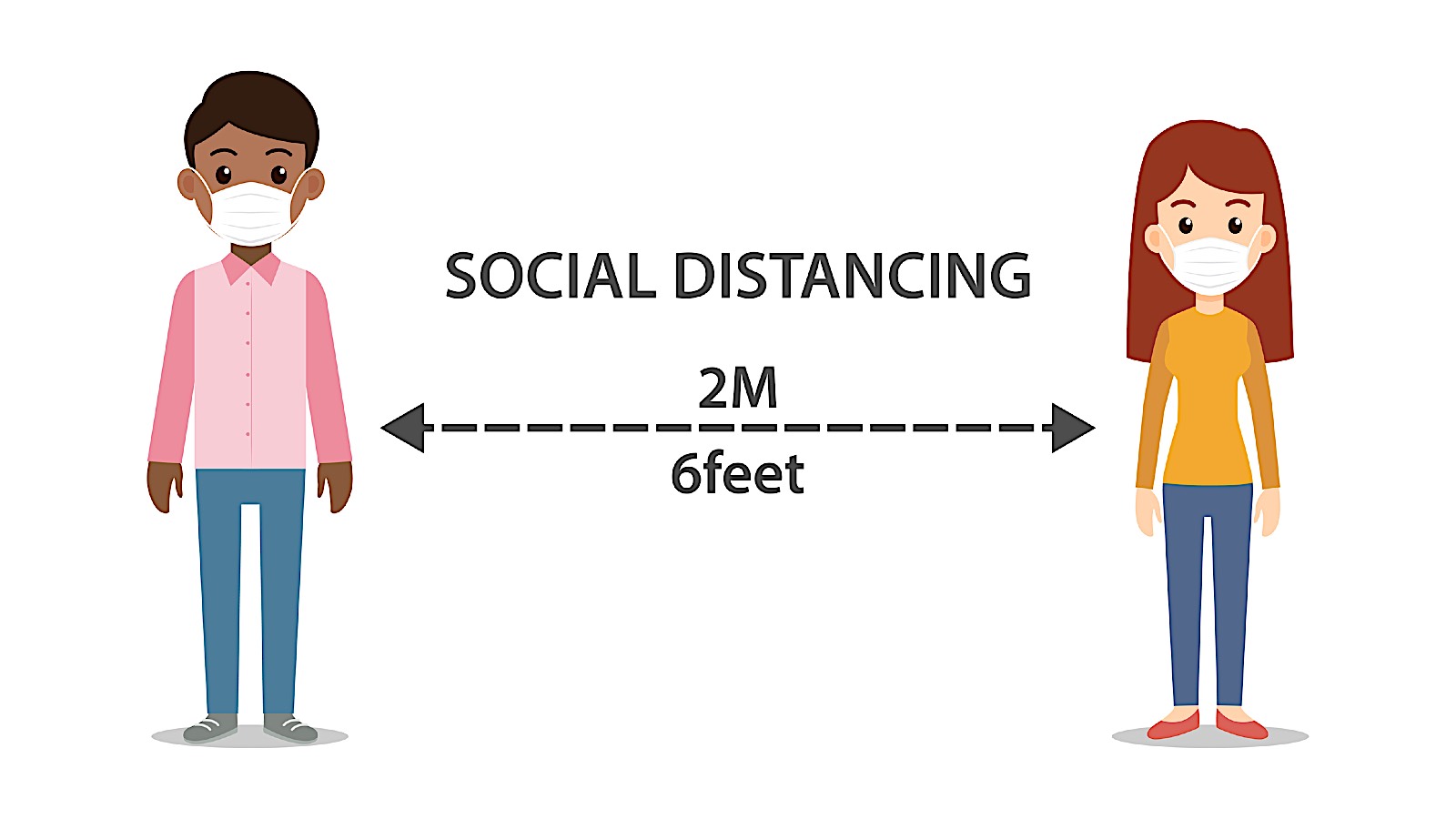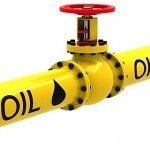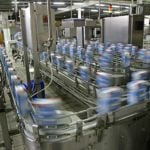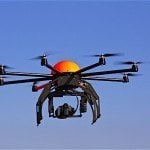
The unprecedented effects of the COVID-19 pandemic have created an engineering demand regarding workplace safety technology. Ensuring safe work conditions for workers is currently a top priority for every business running in-person operations.
COVID-19 is revolutionizing the concept of engineered design, and as more workers are working alone, the technology required for safe workplace distancing is essential. Employees globally are working in their own space, and often, out of earshot. Most employers agree that contact tracing and location tracking should be part of a new wave of workplace operations.
As we return to the workplace, employees and employers alike must understand how the new normal will look.
Adapted Technologies are Running the Show
COVID-19 has ushered in a new way of adapting — together with new technologies designed for social distancing — to keep workers and employers safe while at work. From warning systems worn on the body that alerts others to installing contract tracing phone applications, numerous engineered design innovations cater to the changes that COVID-19 brings to the workplace.
Naz Dossa, CEO of PeopleSafe [1], reports a significant rise in demand for technology to provide safety to limit the number of people who can work or congregate in one area. For those that work on their own for some of all of their shift, safety is crucial. Employees who do not work alone require CFO approved access to technology capable of keeping them safe, including Bluetooth [2] handshakes and geofencing [3].

The Example of CoronaManager
The CoronaManager [4] phone application is a perfect example of an engineered IT design developed specifically for the global pandemic. CoronaManager helps keep track of health status, provides data analysis, connects to fever monitoring devices, and providing real-time updates of local, personalized health-related news.
Designed to manage this health crisis from a digital perspective, CoronaManager can successfully keep workforces safe on a global level when employed correctly and consistently. Where it’s possible, working from home is highly recommended.
However, not every industry has the luxury or the means to do so. When working from home is impossible, it’s imperative to operate carefully yet successfully.
Engineered Design Paves the Way
CoronaManager is not the only application designed to maintain workplace safety while facing Coronavirus [5]. There are now methods of measuring mobile phones’ distance in high-traffic places, including train stations and high public density areas.
One of the most critical aspects of technology implemented in the battle to control Coronavirus, both publicly and in the workplace, is widespread participation and data we can trust. It’s essential for those working on ways to stop the spread from a technological standpoint to rely heavily on the data released and the effectiveness of the product.
Output inaccuracies could increase the number of people that go into self-isolation for what may be no reason. Trials are a vital part of the technology rollout process, and in time, we will have a stronghold on the most statistically effective way to implement workplace safety among COVID-19.
Notes
[1] Source: “Products Designed to Keep People Safe” https://peoplesafe.co.uk/solutions/products/
[2] Source: MASHable: “Mobile Applications of Secret Handshakes Over Bluetooth LE” PDF https://peoplesafe.co.uk/solutions/products/
[3] Source: WebFX “How Does Geofencing Technology Work?” https://www.webfx.com/blog/marketing/how-does-geofencing-technology-work/
[4] Source: PWC “Contact Tracing Apps to Help Improve Employee Confidence and Reduce Risk Exposure” https://www.pwc.com/cb/en/services/covid-19/responding-to-business-impacts-contact-tracing-apps.html
































